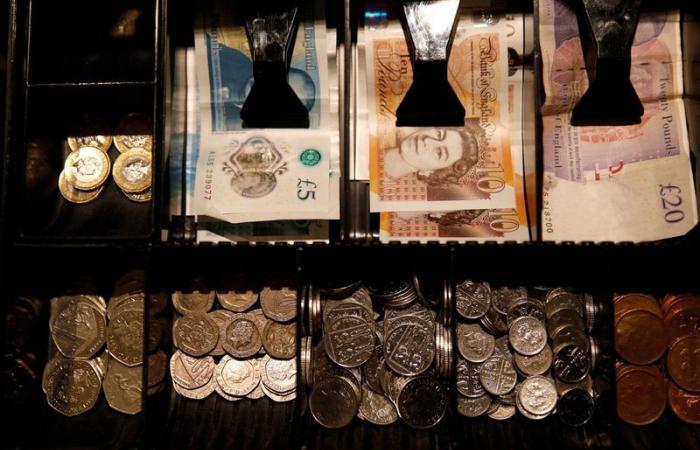The pound held steady on Friday, posting its biggest weekly gain since mid-September, after the dollar gave up some of its post-election gains.
Sterling held steady at $1.269 after hitting a two-week high of $1.275 in early trade, and is expected to post a weekly gain of 1.2%.
The euro remained stable against the pound at 83.21 pence, within the range in which the currency pair has traded since mid-September.
The dollar fell with falling bond yields Monday after President-elect Donald Trump chose hedge fund manager Scott Bessent as Treasury secretary, reassuring some investors that his more radical and inflationary policies could be temperate.
Analysts had a harder time explaining the dollar's further decline Wednesday, although they said investors were likely rebalancing their portfolios before the end of the month, taking profits on U.S. stocks, bonds and the dollar after the post-election rally.
On the British side, little has moved the pound sterling this week. Market expectations for further rate cuts from the Bank of England by the end of next year remained around 75 basis points.
The pound sterling has held up better than almost all other developed economy currencies this year except the dollar, as economic growth accelerated and wage and services inflation remained strong, limiting the Bank of England's rate reduction possibilities.
Data on Friday showed UK lenders last month approved the most mortgages for home purchases since August 2022, although consumer credit growth slowed slightly to its highest level. low for almost two years.
The BoE warned in a report that higher trade barriers could hurt global growth and fuel uncertainty over inflation, which could cause volatility in financial markets.






